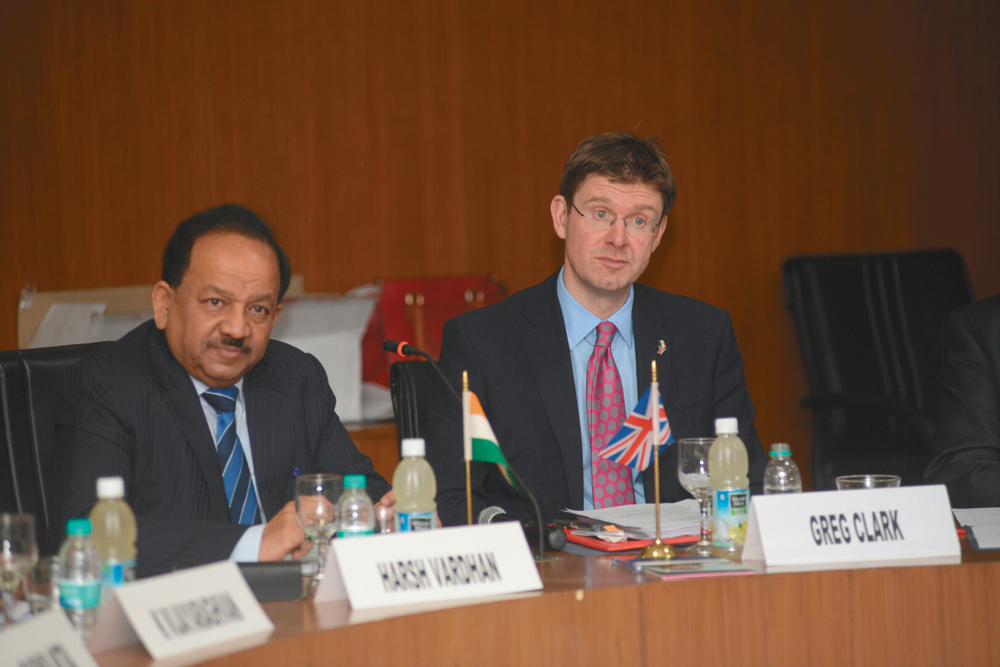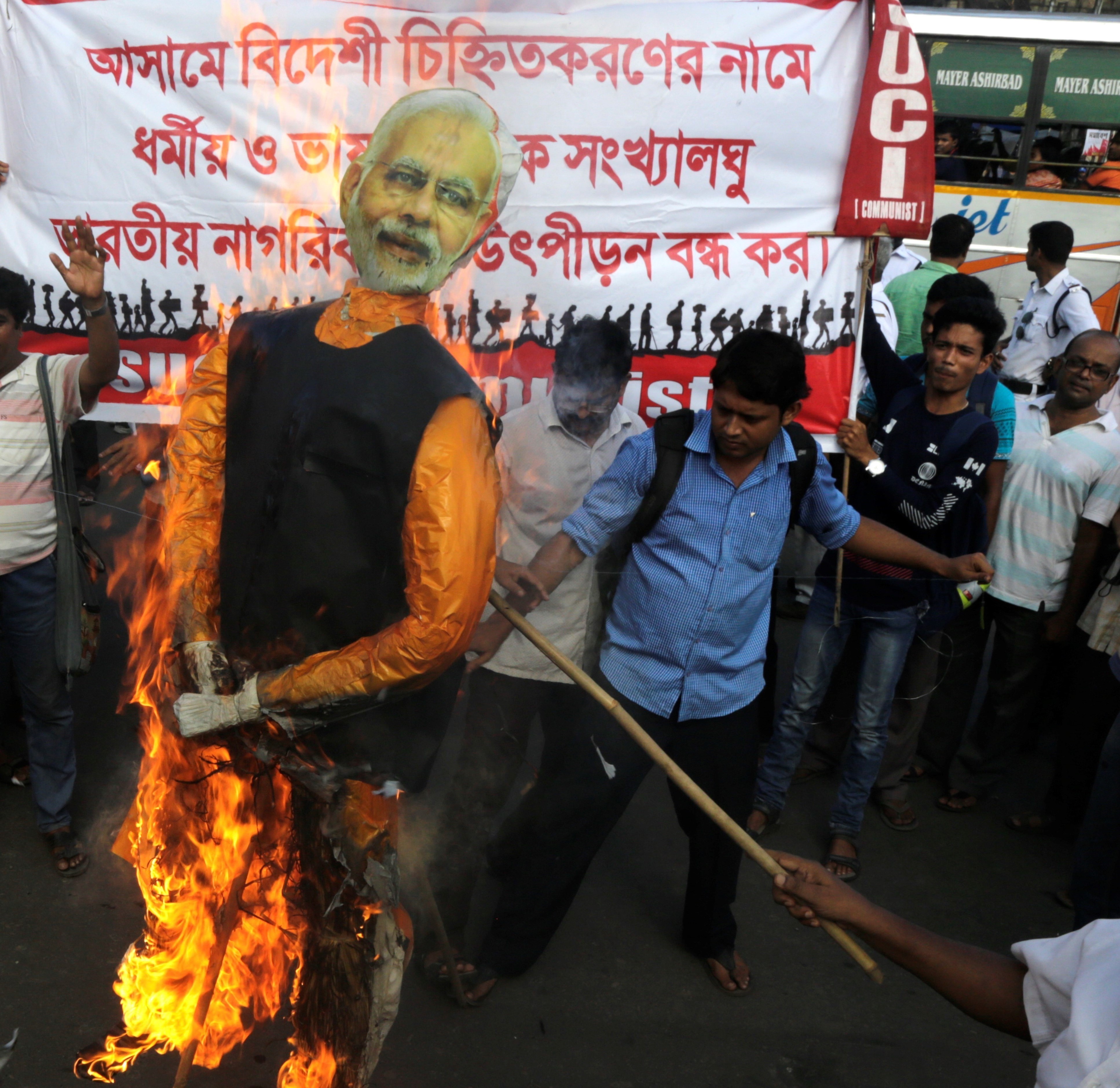The recent tragedy at Umpqua Community College has once again surfaced mental health as a topic of discussion. The stigmatization, ignorance and lack of adequate policy to support those who are suffering are a phenomena observed not only in the U.S., but also the world—specifically India. Without societal and systematic reform, the consequences may not end on an economic and social productivity loss.
India has fallen under the radar for crisis as statistics show an exacerbation in the level of mental health care across the country. In the most recent estimates, at least five percent of the population live with some kind of mental illness, translating to 50 million people. Half of the people living with severe conditions don’t receive treatment, and 90 percent of those living with less severe conditions are neglected from adequate care. While the Indian government has announced that one in five people in the country are in need of psychological and psychiatric counselling, progress has been minimal in improving health care on a policy level.
India’s government issued its first mental health policy in 2014. It was an ambitious plan to provide universal mental health services in the country. The policy aimed to attend to the needs of the poor, lift the burden of stigmatization on mental health disorders and reduce high suicide rates. Despite the optimism entailed by governmental intervention, less than 1 percent of India’s health budget is dedicated to mental health care. Although there are now 43 government-run mental health institutions, they are severely underfunded and overpopulated. Furthermore, the number of professionals and resources in the field is severely lacking. There are a total of approximately 4,000 psychiatrists, 1,000 psychologists and 3,000 social workers in the whole nation, and only 1,022 college seats to educate mental health professionals. This provides one psychiatrist for every four lakh (400,000) Indians.
According to the World Health Organization in 2014, India had the highest number of suicides in the world. Suicide rates are closely associated with indicators of effective mental health care in a country. For young women in particular, suicide has surpassed maternal mortality as the leading cause of death. Women who are mentally ill, as reported by Vice News, are regarded as being less than an animal. As a result, many women are abandoned and institutionalized by their families. Once committed to a mental institution, women are unable to leave or have a say in the method of their treatment. In an interview with VICE News, Dr. Bhargavi Davar, founder of Bupu Trust said, “There is no law or policy which governs what can happen inside an institution.” Said Davar, “We’ve heard about sexual abuse or medication drugging, forced shock treatments, seclusions, and solitary confinement.” The legal provisions are such that, when declared mentally ill, a person is considered legally incapacitated. Such a lack of patient rights and the patriarchal attitude of Indian society give leeway for some individuals to abuse the insanity petition to wrongly commit women into the institutions.
Social attitude takes accountability for lack of open conversation about mental health. For many generations, mental illnesses have been attributed to supernatural causes, such as divine retaliation and demonic possession. Consequently, those who suffered from mental disorders were stigmatized as unproductive, untreatable and weak.






